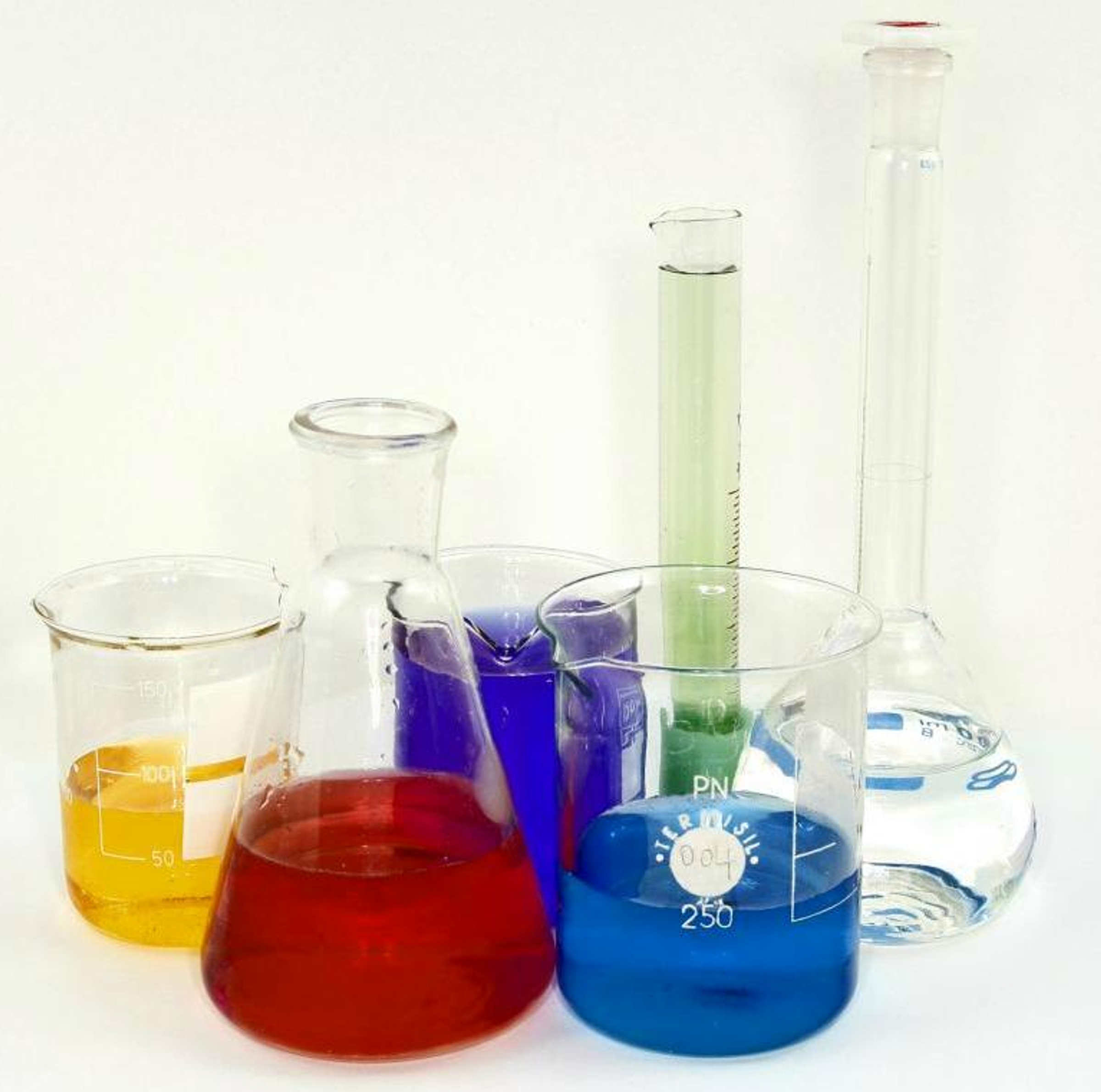Connecting to Learning in the DP: Biology

Biology: extraordinary kids write extraordinary reports
It was a race to the finish line. A test of endurance. Would we make it, or was all hope lost? Seven DP Biology students were looking for a sign that their two years of study were not in vain. Then finally, there it was, the day when they, against all odds, submitted their internal assessments. Seven amazing reports breezed over my desk and as I read each one, I hoped that the kids were feeling as proud as I was for their efforts. So, I would like to take this opportunity to share, and celebrate with you, what each student posed as their research question and the conclusion they came to.
BRIJANNA
Research Question: A study into the effects of varying Smoke Water concentrations on the initial seed germination of Acacia Acinacea (Gold Dust Wattle).
Conclusion: Ultimately, the differing concentrations of smoke water had no effect on seed germination but a 4% concentration of smoke water individually showed the greatest number of seeds germinating. More investigations need to be done to find out exactly what concentration has an effect on the germination of seeds. Further investigations also need to be done to find out how smoke water impacts further growth after germination and if all native seeds respond to the same concentrations.
EBONY
Research Question: How does the change in concentration of lipase (0.1%, 0.2%, 0.3%, 0.4%, 0.5%) affect the final pH concentration for saturated, monounsaturated, polyunsaturated and trans fats?
Conclusion: Whilst all oils/fats are broken down by lipase (an enzyme in the digestive system) it could be concluded that there was no significance in the difference in the breakdown of the oils at different concentrations of lipase. However, individually, the oil that showed the quickest breakdown is avocado oil, making this a good oil to include in our diets.
FINN
Research Question: How effective are natural antibiotics (from clove, honey, cumin and garlic) against Escherichia coli (E. coli) bacteria (measured by the zone of inhibition) compared to the synthetic antibiotic ampicillin.
Conclusion: Cloves were the only natural antibiotic to show antibacterial action against E. coli and, when compared to ampicillin, the cloves did not show any significant difference in their action. Interestingly, observing the garlic sample, fungus had grown in the sample. It is likely that the fungus was already present in the garlic granules, resulting in the question of whether this was by chance, or if there is a symbiotic relationship with the garlic, and could this fungus actually have antibiotic properties.
JAKOB
Research Question: How effective are different types of toothpastes at inhibiting the growth of Micrococcus luteus on agar plates and why?
Conclusion: While all the toothpastes tested clearly prevented the growth of M. luteus (bacteria found in the oral cavity), the three different types of toothpaste tested were not significantly different in preventing this growth. Future research would require greater amounts of data for making statistical comparisons, but at this stage the choice of toothpaste to use is a matter of consumer choice.
LEE
Research Question: Is the rate of cardiovascular disease increased in female-to-male transgender individuals due to hormone replacement therapy?
Conclusion: There does not appear to be any conclusive evidence that hormone replacement therapy increases the rate of cardiovascular disease. However, the sample population is so small and research in this area is so limited that data is limited. This is definitely a subject area of biology that requires greater investigation.
ROSE
Research Question: What is the glucose concentration (mmol/dl) before and after lactase activity in different types of milk (soy, coconut, almond, cow, goat)?
Conclusion: Lactase (an enzyme in the digestive system) caused no significant increase in the amount of glucose seen before or after testing. A general observation though, is that soy milk contains much higher amounts of glucose when compared to the other varieties of milk.
TOM
Research Question: How does salinity concentration (15, 30, 35, 40%) in soil affect the amount of chlorophyll present in Pigface plants (Carpobrotus Rossii)?
Conclusion: Salt water concentrations did not significantly alter the amount of chlorophyll produced in Pigface plants. Interestingly though, the red colouring in these plants appeared at the end of the experiment. Could it be that it was a change in how much water they received? Or, do these plants require salt as part of their metabolic processes? More investigations need to be done.
Congratulations to all the 2021 Biology students. You made it to the end, despite the hardships and the moments when you didn’t think you would. I am extremely proud of you and would like to thank you for making the last two years an enjoyable time for me as your teacher. Thank you as well to other teachers, support people and parents. These amazing pieces of work could not have been completed without you being there in the background.
Felicity Robinson
DP Biology teacher
